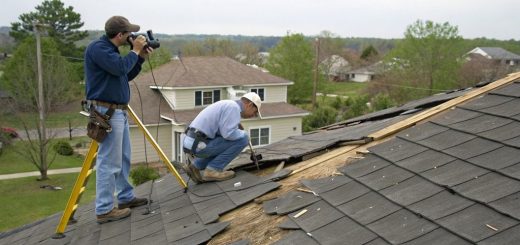What You Should Know About A P-Trap Shower Drain
One of the most important parts of your bathroom renovation project is deciding on your shower drain. A P-Trap Shower Drain is a type of trap that allows water to flow through it and will allow for you to use a less expensive toilet. A modern shower drain is a system made up of multiple parts, namely the drainage pipe, the trap, and a lid.
A modern shower drain is a system made up of multiple parts, namely the drainage pipe, the trap, and a lid. The drainage pipe is the main component and it connects the trap to the drain in your shower. The trap is a small hole that collects water and wastewater. The lid is a cover that sits on top of the trap and it allows water to flow freely into the drainage pipe. Look at the ceiling decorations.
The trap traps water and removes wastes from the drain
The shower drain contains a large number of bends and turns, which can cause the water to slow down. This can lead to clogs, and eventually, a backed-up sink or bathtub. One way you can prevent this from happening is by using a P-trap shower drain.
P-traps are designed to prevent clogs by catching and holding water in the drain. They are typically found on shower drains that are located in areas with a lot of traffic, like near the floor. This means that P-traps will trap larger objects than regular shower drains, like hair and soap suds.
The main downside to using a P-trap is that they can be more expensive than regular shower drains. However, they are definitely worth it if you want to avoid frequent clogs and backups. Get info about elephant decor.
Proper installation make sure that there are no leaks and does not cause any problems with mold or mildew
If your shower is leaking water onto the floor, or if the water is constantly pooling in one corner, it may be time to have a professional check out your plumbing. A P-trap shower drain can become clogged with hair, soap scum or other debris over time, and this can lead to leaks and drainage problems.
To avoid these problems, make sure your P-trap shower drain is installed properly by a contractor. First, verify that there are no visible leaks by trying to fill a small container with water and placing it under the spout. If the water beads up on the surface before spilling out, you’re good to go. If not, you’ll need to take further steps to tighten up the pipe joint and seal any gaps along the drain.
Finally, make sure your shower doesn’t get wet enough to accumulate water on the floor by installing a waterproof threshold or tile. This will keep moisture from building up in the drain area and causing problems down the line. Find out germinating seeds in paper towel.
Ensure that your shower drain is installed correctly
P-trap shower drains are a common fixture in many homes, but they can be a bit of a mystery to some homeowners. Here are some things you should know about these drain systems:
1. A P-trap is a type of waste disposal system that sits on the floor beneath your shower. When water flows down the drain, it enters the P-trap and flows through the pipe to the sewer.
2. The most common mistake people make when installing a P-trap is not connecting it to the main sewer line. If this happens, water will flow down the drain and back up into your shower, creating clogs and eventually floods.
3. In order to prevent clogs and overflows, it’s important to maintain your P-trap by cleaning it regularly with a special sewage cleaner or by replacing the seal if it starts to deteriorate.
4. If you’ve ever had trouble with your shower draining, chances are your P-trap was installed incorrectly. Discover diy concrete pool.
Conclusion
A P-trap shower drain is one of the most important drainage features in any bathroom. It’s designed to prevent water from backing up and flooding your home, which can cause extensive damage. If you are looking for a new shower drain system, be sure to read our article on the best P-trap shower drains out there so that you make an informed decision.
















